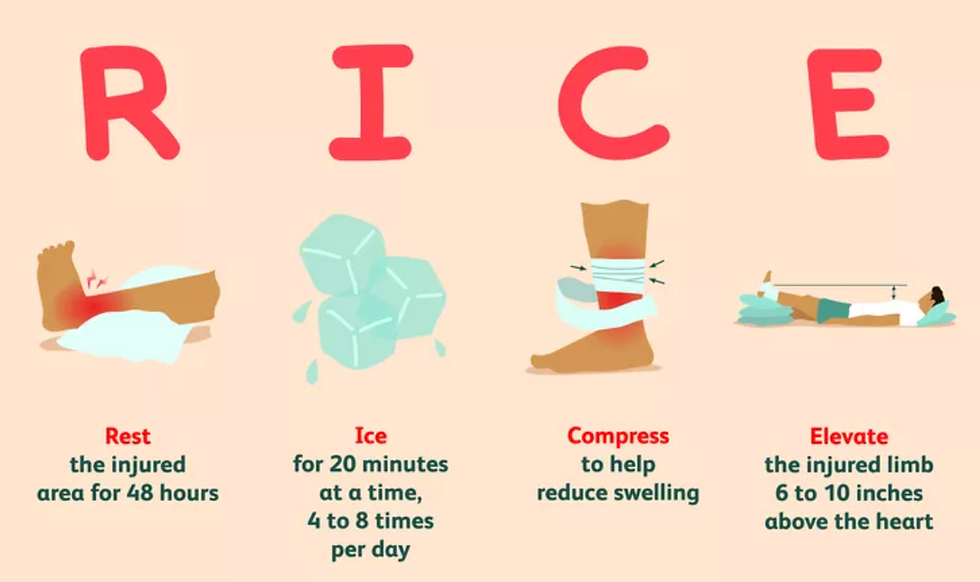Does Ice Help Injury Recovery?
- Tompfeiffer
- Jan 4
- 2 min read
The R.I.C.E. protocol has been used since it was created in 1978 by Harvard physician Dr. Gabe Mirkin for dealing with musculoskeletal injury and swelling.

Ice provides temporary pain relief. However, if you look at the scientific research out there on the use of ice, you’re actually doing more harm than good by slowing the healing process!
In 2013, the same man who invented this protocol, Harvard educated Dr. Gabe Mirkin, wrote, “Subsequent research shows that ice can actually delay recovery… So, today, RICE is not the preferred treatment for an acute athletic injury.” [Source]
We now know that healing requires inflammation. In fact, research shows that ice after injury delays muscle repair and decreases healing [Source]!
The only benefit of icing appears to be in lowering pain [Source], however, just because pain decreases does not mean you’re fixing anything. In fact, you’re actually doing more harm than good by slowing the healing process!
By icing an injury, you reduce blood flow to the area and delay healing!
If not Ice, then what?
Inflammation is an essential part of the healing process because blood flow is how the body heals. After injury, the surrounding blood vessels dilate to allow white blood cells to begin healing the area. Ice stops the flow of fresh blood to the injured area, which slows recovery. Generally what gets more blood flow will heal faster!
Instead of stopping fresh fluid flowing into the injury, we want to focus on removing the build up of waste fluid by stimulating our circulatory and lymphatic systems. The lymphatic system runs throughout your entire body, but unlike the circulatory system, it doesn't have a pump like the heart, and it is dependent upon your muscle contractions to circulate fluid.
The reason swelling accumulates around an injured area is because we stop moving! Using your muscles to stimulate the circulatory and lymphatic systems will aid drainage of waste products around an injured area.

While resting and icing may feel good in the short term, you’re actually trapping debris around the injury and stunting the natural healing process from occurring! Stimulate circulation and recovery with sauna, hot tub, steam bath, or light movement, but sitting on the couch with an ice pack for 20 minutes won’t help!
Pain-free exercise will reduce build-up of waste products and improve the healing process. At the same time, you're strengthening your body!
These are thoughts around icing for pain. See this article by Dr. Aaron Horschig for greater in-depth explanation around the use of ice for injury.
Hope this helps! Until next time - Tom


Comments